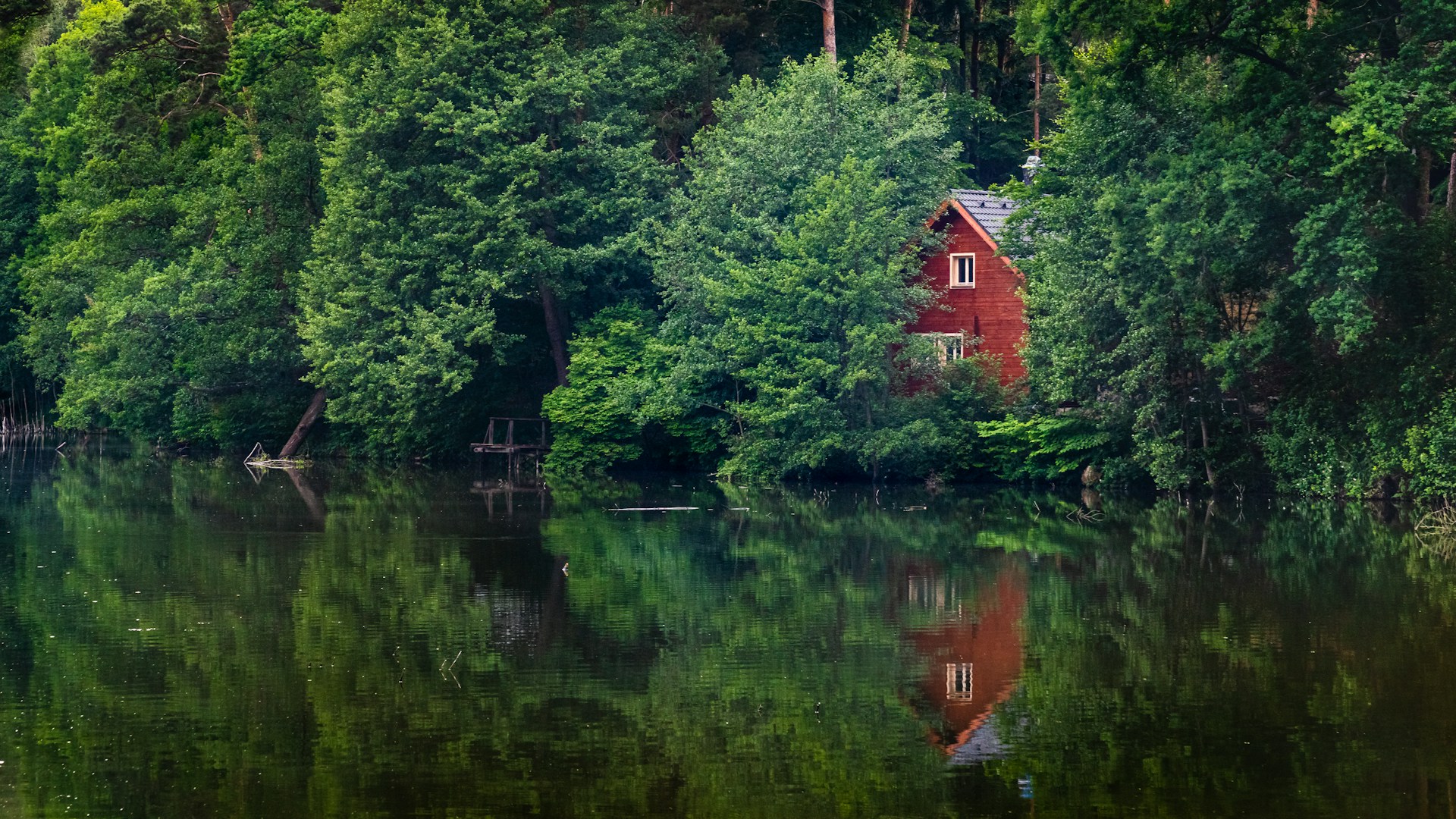

Question: What is Vacation Property Insurance?
Answer: Vacation property insurance, also known as seasonal or secondary home insurance, provides coverage for properties that are not the primary residence of the owner. It typically includes protection against risks such as theft, vandalism, liability, and damage from natural disasters.
What is Vacation Property Insurance? Securing Your Sanctuary
Vacation properties offer a welcome escape from everyday life. Whether it’s a cozy cabin in the woods or a beachfront getaway, these retreats provide opportunities for relaxation and connection with nature. However, owning a vacation property comes with additional responsibilities, including safeguarding it with proper insurance. This blog post explores the concept, its key features, and considerations for making informed decisions.
Why Vacation Property Insurance Matters
Your primary residence likely has homeowners’ insurance in place. However, that policy typically doesn’t extend to vacation property. Vacation property insurance offers specific coverage for these secondary dwellings, protecting your investment from various potential risks.
-
Standard Homeowner Coverage Limitations:
Standard homeowner insurance policies focus on permanent residences. They may not cover the unique risks associated with a property that sits vacant for extended periods. -
Peace of Mind:
Vacation properties are often left unoccupied for significant stretches. Insurance provides peace of mind, knowing your investment is protected against unforeseen events during these times.
Click here for more information on the best realtors in Caledon
Related Article: What are the Disadvantages of Owning a Cottage?
Related Article: Can a Husband and Wife Have Separate Primary Residences in Canada?
Understanding Coverage Options
Vacation property insurance offers a range of coverage options to suit your specific needs and the property itself. Here’s a closer look at some key elements:
-
Dwelling Coverage:
This covers the physical structure of your vacation property, including damage caused by fire, theft, vandalism, and weather events. -
Contents Coverage:
This protects the belongings within your vacation property, such as furniture, appliances, and electronics, in case of theft or damage. -
Liability Coverage:
Liability insurance safeguards you from financial responsibility if someone gets injured or their property is damaged while on your property. -
Additional Coverage Options:
Depending on the provider, additional coverage options may be available. These might include coverage for vandalism during vacancy periods, loss of rental income if the property becomes uninhabitable, or specific protection for valuable items like artwork.
Factors to Consider
Several factors influence the cost and coverage of your vacation property insurance. Carefully considering these elements can help you find the right policy for your needs.
-
Location:
The location of your vacation property can significantly impact the cost. Areas prone to natural disasters or with higher crime rates may have higher premiums. -
Construction Materials:
The materials used to construct your vacation property can also influence the cost. Generally, properties built with fire-resistant materials may have lower premiums. -
Frequency of Use:
How often you use your vacation property can affect the rate. Properties that sit vacant for longer periods may require different coverage options compared to frequently used ones. -
Value of Property and Contents:
The value of your vacation property and its contents directly affects the cost of insurance. A higher value translates to a higher premium.
Strategies for Reducing Vacation Property Insurance Costs
While vacation property insurance is essential, there are ways to potentially reduce the cost without sacrificing necessary coverage.
-
Increase Your Deductible:
A deductible is the amount you pay out of pocket before your insurance coverage kicks in. Increasing your deductible can lower your premium but ensure you can comfortably afford the deductible amount in case of a claim. -
Shop Around and Compare Rates:
Don’t settle for the first quote you receive. Get quotes from multiple companies to compare rates and coverage options. -
Bundle Your Policies:
If you already have home insurance with a provider, inquire about bundling your vacation property insurance with them. Bundling can often lead to discounts. -
Improve Security Measures:
Implementing security measures like alarm systems, deadbolts, and proper lighting around the property can demonstrate a lower risk to insurers, potentially leading to lower premiums.
Consulting with Professionals
Vacation property insurance can be a complex topic. Consulting with a qualified professional is highly recommended.
-
Understanding Your Needs:
A professional can assess your specific needs and recommend the most appropriate coverage options for your vacation property. -
Risk Assessment:
They can help you identify potential risks associated with your property and tailor the insurance policy accordingly. -
Claim Assistance:
In the unfortunate event of a claim, an insurance professional can guide you through the filing process and ensure you receive the full benefits of your policy.
For more information visit www.jenjewell.ca
Conclusion
Owning a vacation property brings joy and relaxation. Vacation property insurance safeguards your investment and provides peace of mind. By understanding the coverage options, considering various factors, and potentially implementing cost-saving strategies, you can secure the right plan for your vacation haven. Consulting with a professional can further enhance the process and ensure you’re well-protected.


